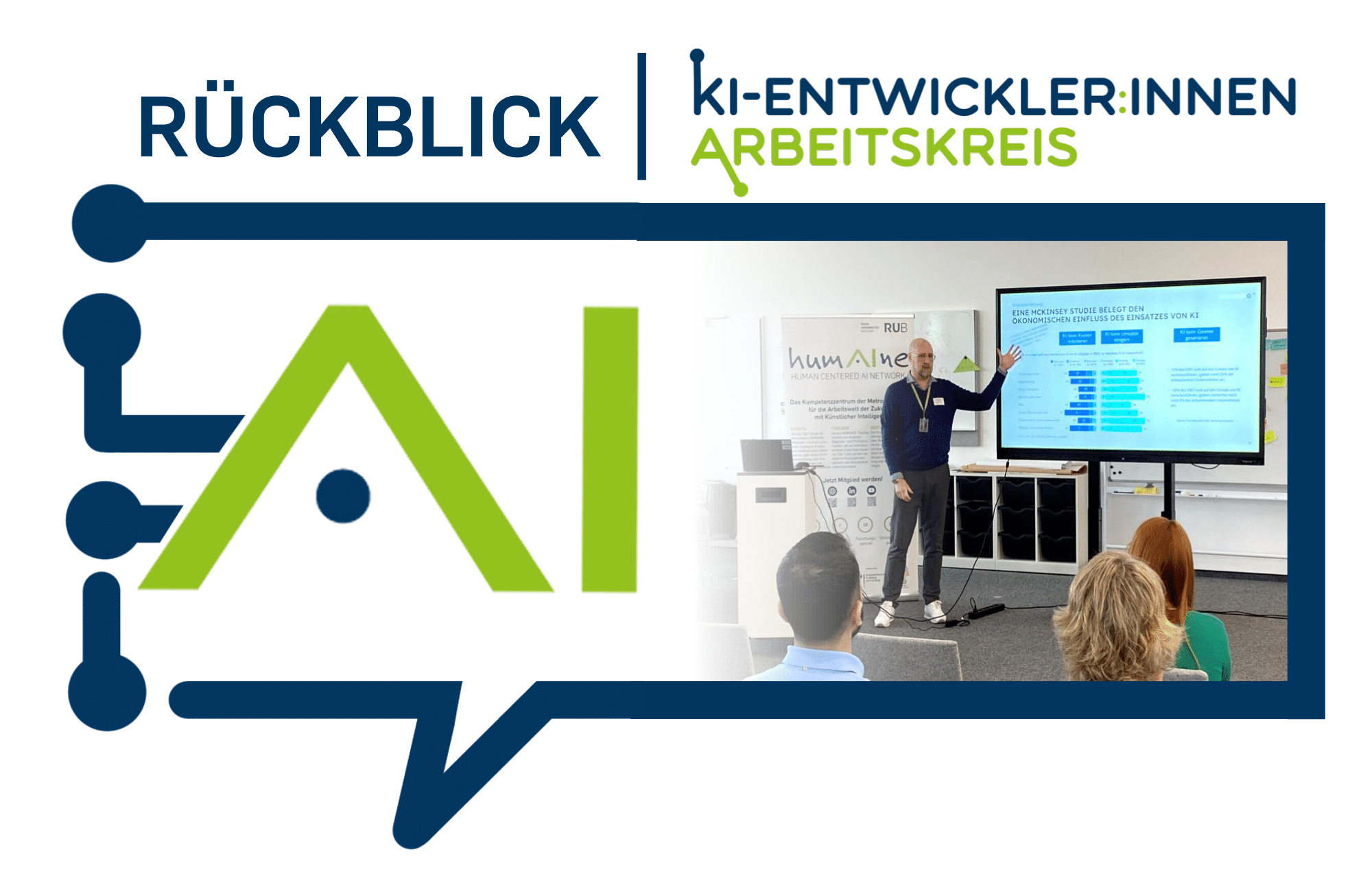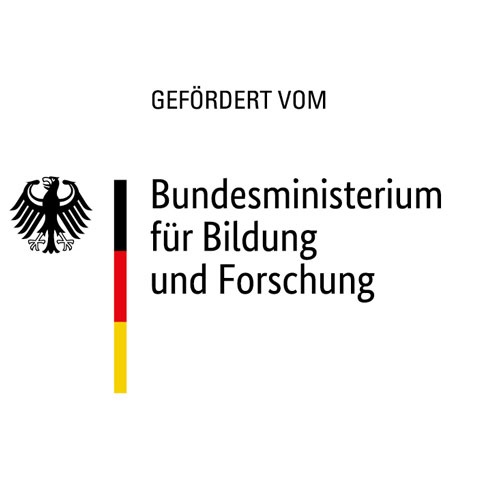Does an AI have to be able to do EVERYTHING? No, reckons Heiko Eich, who gave a presentation at our AI developer working group yesterday. A good AI is not an all-round tool that solves all of a company’s problems, but one that is used in the area in which its strengths lie. AI developers should therefore be aware of the areas in which their AI performs best. Before and during the use of AI, users should reflect on which work steps AI can actually facilitate and where an employee should perhaps take responsibility. These are precisely the eponymous “Three Inseparable Dimensions” from Eich’s presentation: safe and reliable AI models, the interaction of AI in the process or product, and integration in the company. In a lively exchange after the presentation, the question arose: Should AI actually admit when it doesn’t understand a problem and can’t solve it? Heiko Eich responds by saying that when interacting with AI, it is not a bad thing to know when you are communicating with a human and when you are not. If a request encounters a weakness in an AI, it can ultimately rectify this gap and forward it to an employee. This is definitely better than the AI simply giving inappropriate answers or suggesting inadequate solutions to problems. Lastly, we would like to thank all participants and especially Heiko Eich for the great discussions and the insights into evocenta’s EMMA. We look forward to our next working group!



